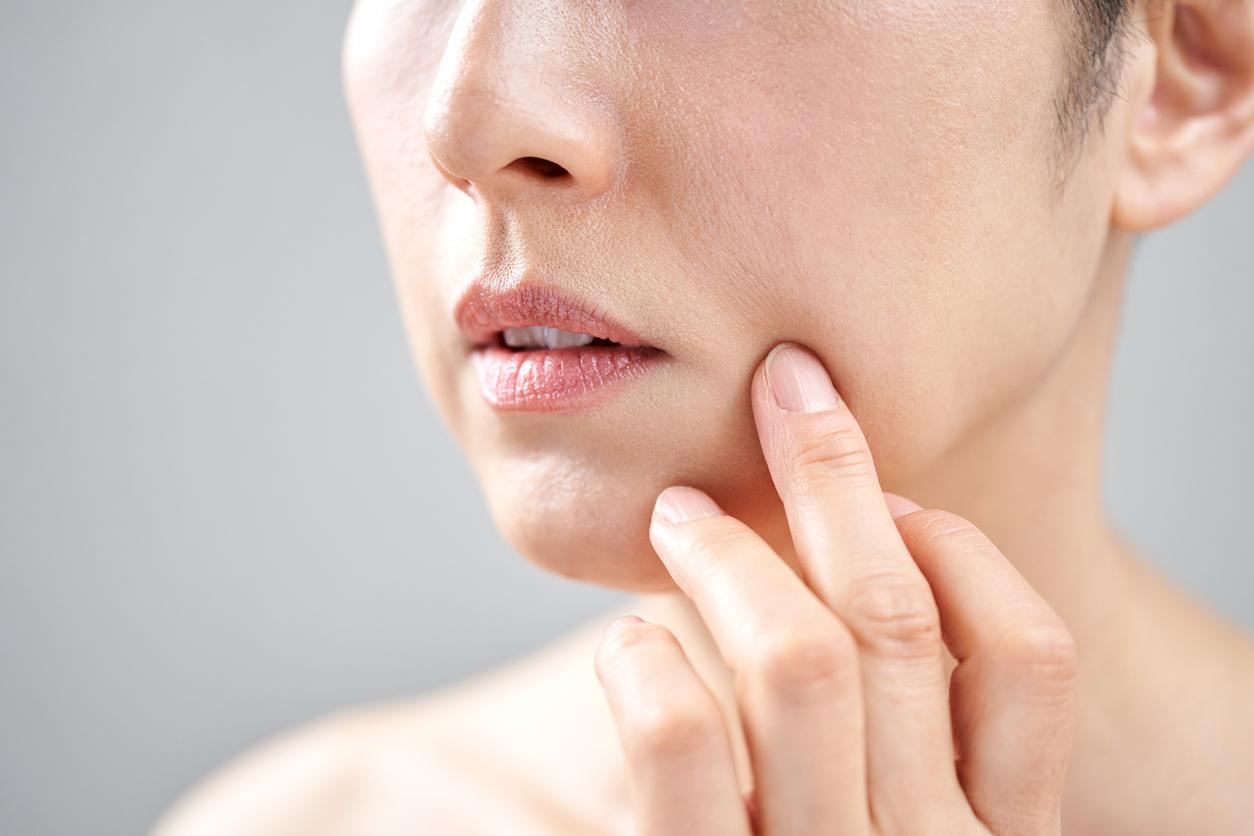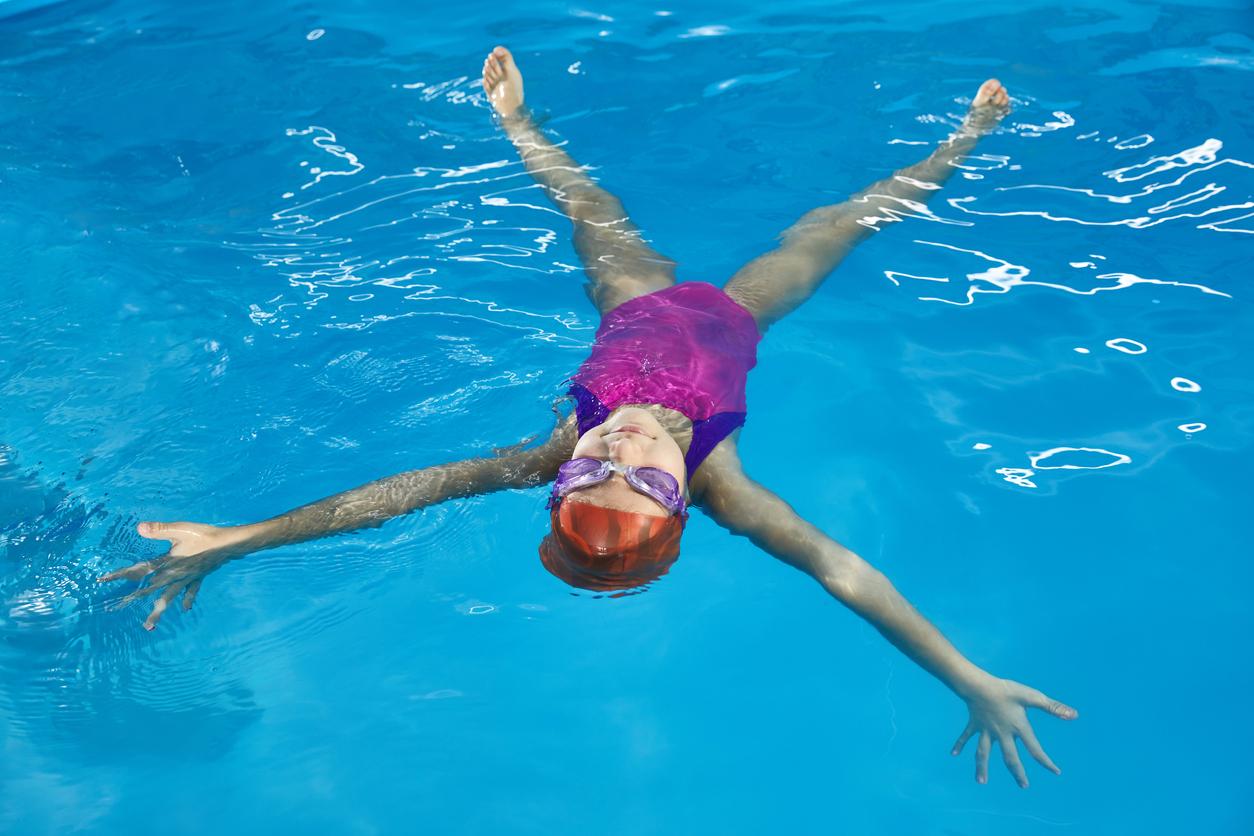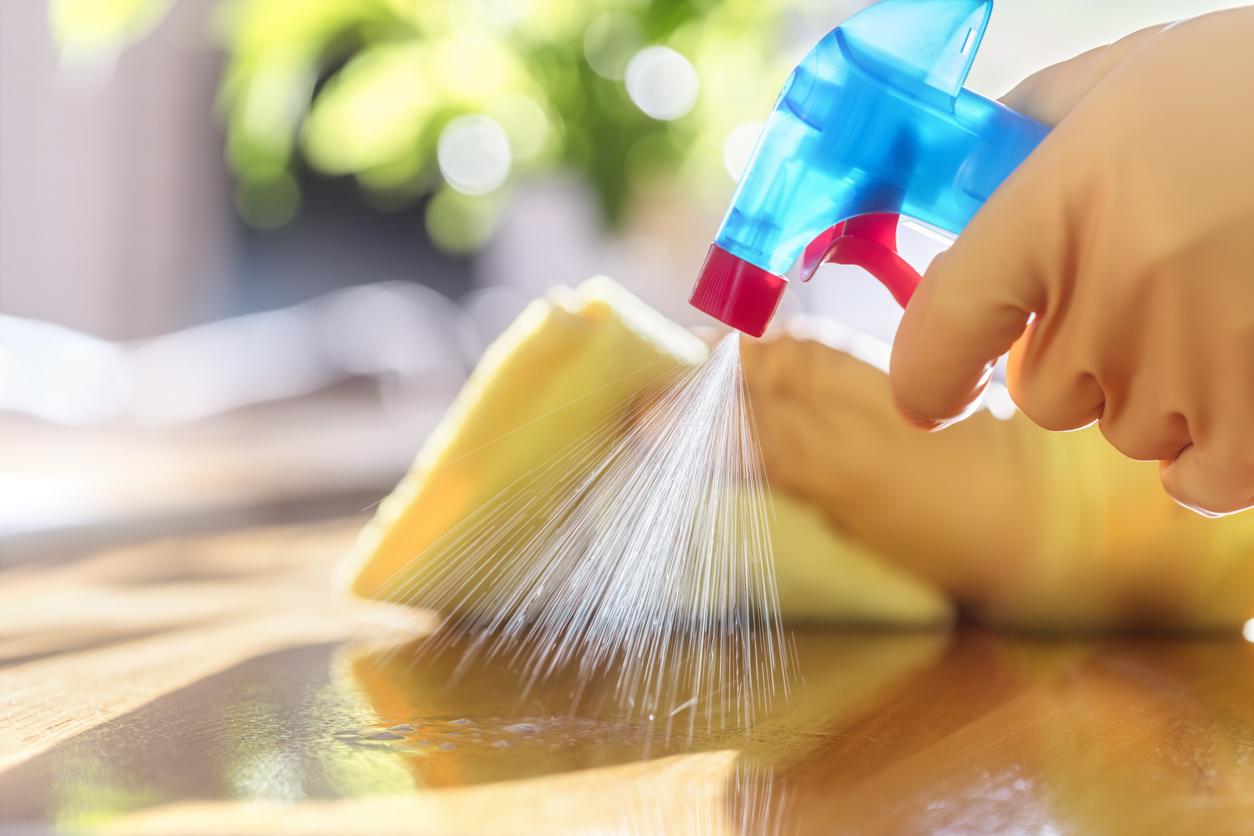Several experts have warned of the risks of chlorine, a chemical used to disinfect swimming pools.

- Chlorine is a chemical agent used to disinfect public and private swimming pools.
- Trichloramine is considered the most dangerous chlorination by-product.
- Excess chlorine gives off vapors that increase the risk of asthma.
Used mainly to disinfect public and private swimming pools, chlorine is a very effective biocide. However, this product may pose health hazards, according to some experts.
Too much chlorine can be harmful to skin, eyes and the hair
In 2018, Dr Ana Duarte, an American dermatologist, warned of skin disorders that can be caused by too high chlorine levels. “Too much chlorine can cause skin irritation, but the doses that are used in swimming pools are not a cause for concern most of the time (…) Chlorine can however cause eye irritation, dry skin skin and hair, and even sometimes give a greenish tint to your hair, if the doses of chlorine are not respected”she confided in an interview with LiveScience.
The dermatologist had also specified that excess chlorine can give off vapors contributing to an increased risk of asthma. “It can probably happen when the product has just been added to the pool, but generally this manipulation is done when the pools [publiques] have just closed so the vapors have time to diffuse”reassured the specialist.
Indoor swimming pools: high levels of trichloramine can aggravate pre-existing asthma
In a text published on the Vidal platform on February 14, 2023, Alfred Bernard, honorary research director of the National Fund for Scientific Research (FNRS) and professor emeritus of the Catholic University of Louvain in Belgium, warned of the dangers of trichloramine present in the air of swimming pools interior.
It is the most dangerous chlorination by-product, “because because of its insolubility in water, this irritant gas cannot be retained by the upper respiratory tract. It can therefore descend into the deep lungs where it exerts its toxic action., he warned. Very high concentrations of trichloramine can therefore promote the onset of asthma or aggravate it, particularly among swimming pool staff.
Water can also be contaminated with irritating chloramines and genotoxic or reprotoxic chlorine derivatives. According to Alfred Bernard, trichloramine and other chlorination by-products are not routinely monitored unlike free chlorine and chloramines in water.
“Further studies should be carried out to ensure that at the concentrations observed in swimming pools, genotoxic or reprotoxic chlorination residues do not pose long-term risks for young children whose high vulnerability to toxic substances is known”he recommended.


















